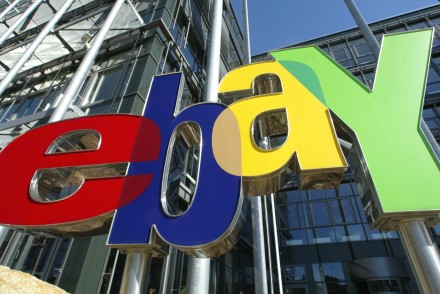Part 8 of Opinion, Value & Taste series
Brilliant colours, brilliant execution, brilliant age – the glory of the Renaissance
If I am honest, the real reason I was so underwhelmed by the Lloyd Webber extravaganza was that, tucked away upstairs, there was an absolute jewel of an exhibition that fair took my breath away. I was not alone in that respect because, away from the pomp and ceremony elsewhere in the building, time seemed to stand still as I, and a smattering of others, appreciated a display of exquisite Flemish illuminated manuscripts. The most remarkable aspect of these manuscripts was that they were produced over 500 years ago. Inscribed and coloured by hand with infinite care, they possessed a freshness no painting can match. Their secure bindings ensured that they have remained free from the vicissitudes of light that so often tarnish canvas and panel. Moreover, they perfectly married art and literature, while inviting their audience to renew their vows with each. These manuscripts were highly coveted and one must remember that this region was at the epicentre of European trade and culture during the period. The rise in Dutch painting very much mirrored that of the Italian Renaissance and we can see the extent of this influence through these illuminated manuscripts. We can also determine how tastes were shaped in the decades ahead of the Reformation through the prism of both clerical and secular life. Their value, in every respect, is inestimable.
Having said that, it would be a mistake to think that these delicate and precious works of art were only produced on commission. It is certainly true that by 1450 royal patronage, especially from the Burgundian court, acted as a catalyst to innumerable jobbing artists. As the wealth of the Low Countries grew, so did the desire for conspicuous consumption and display. This was a very commercial and competitive environment and illuminators needed to be sensitive to market forces and, indeed, changing fashion. Nonetheless, the fact that such a high proportion ended up in British collections emphasises their wide appeal. Other contemporary admirers were drawn from Italy, Spain, Portugal, France and Germany but the close dynastic links between England and Flanders during the reign of Edward IV allowed the king to acquire a significant number of items.
Naturally, a series of masters emerged who in turn ran workshops employing many pupils. This encouraged a much greater degree of experimentation whereby traditional, two dimensional forms of decoration were supplanted by strew flower borders. The hallmark of these borders was the depiction of flowers, insects and fruit set against imitation gold leaf. These might also include miniature versions of the main image or text to present the illusion of continuous illumination. Although many masters cannot be accurately identified today, their legacy has been preserved for posterity. We can examine, for example, the linkage between Gothic revivalists and the Arts and Crafts movement with these pioneering artists. Indeed, if we consider the corpus of William Morris, one of the pillars of the Lloyd Webber show, we can observe the impact of the medieval tradition in his designs and typographica. Quite where you would place Thomas Kinkade in this firmament is another matter entirely. Compared with a virtuoso illuminator such as Simon Bening, unarguably the master among all masters in the first half of the sixteenth century, he is not much better than a journeyman artist. Technically good he may be but as an innovator he’s dead in the water.




No Comments